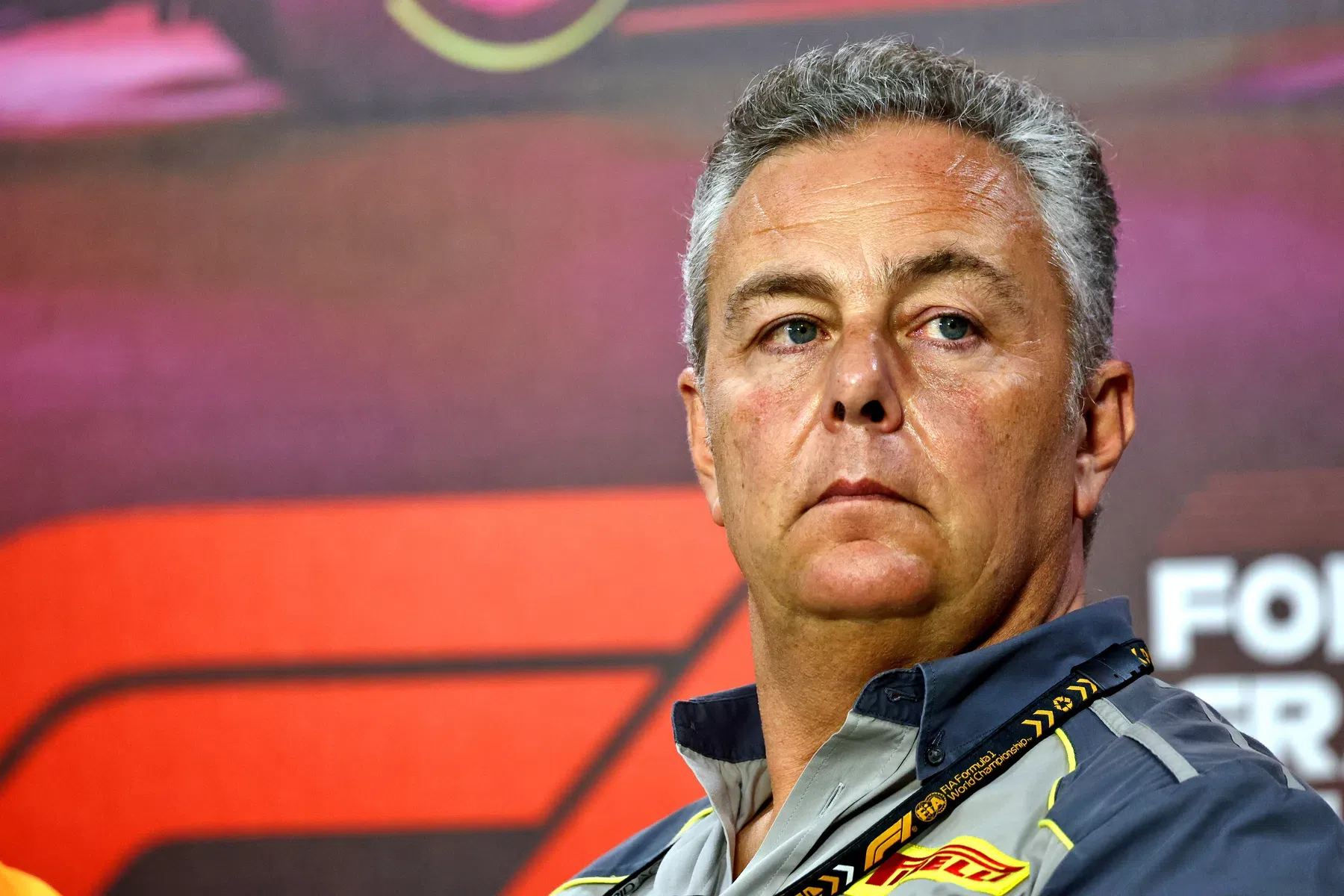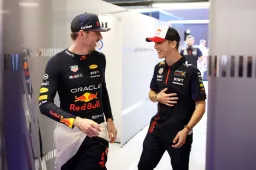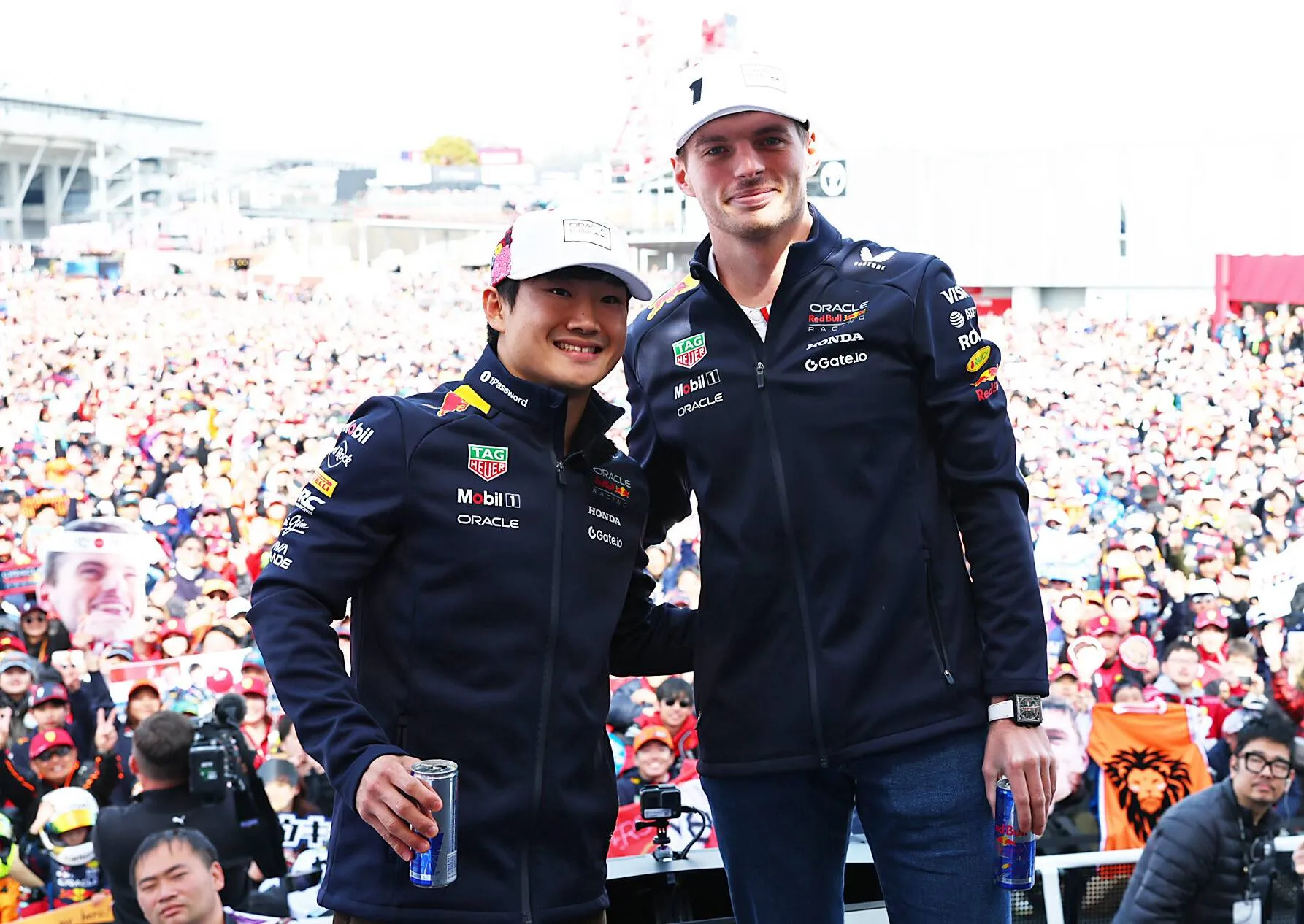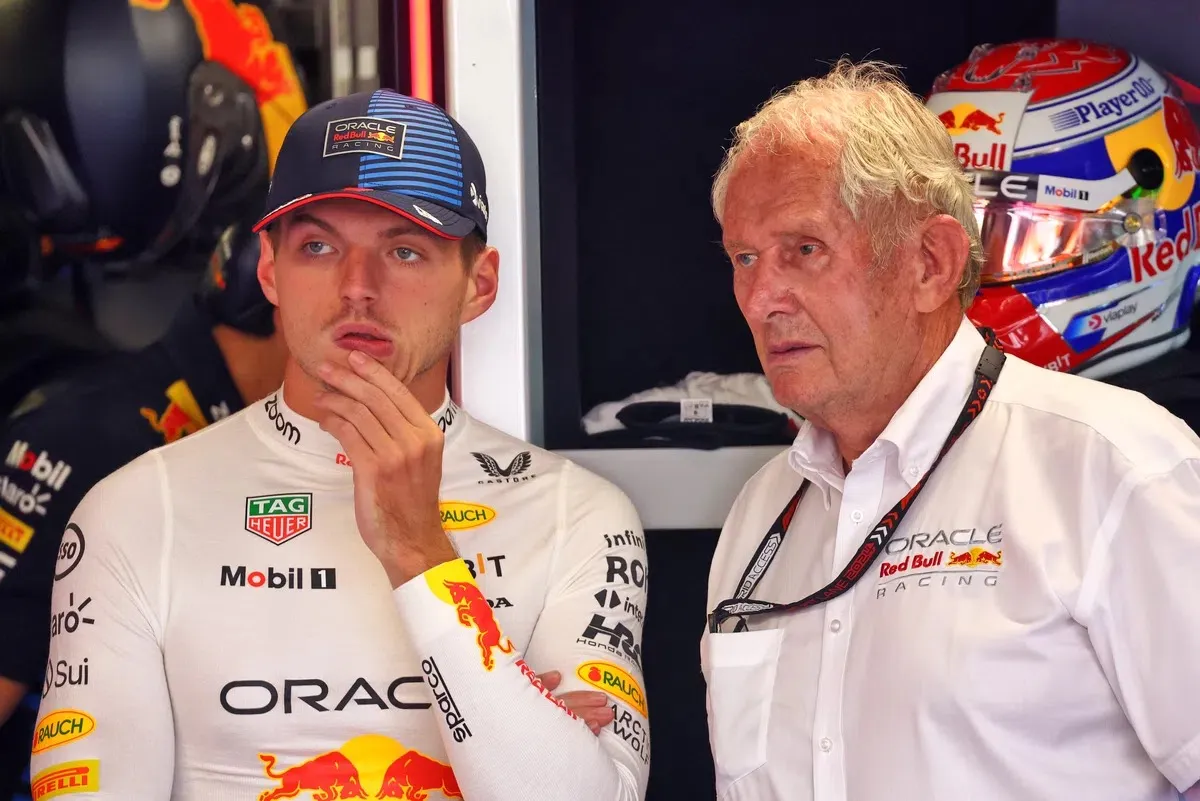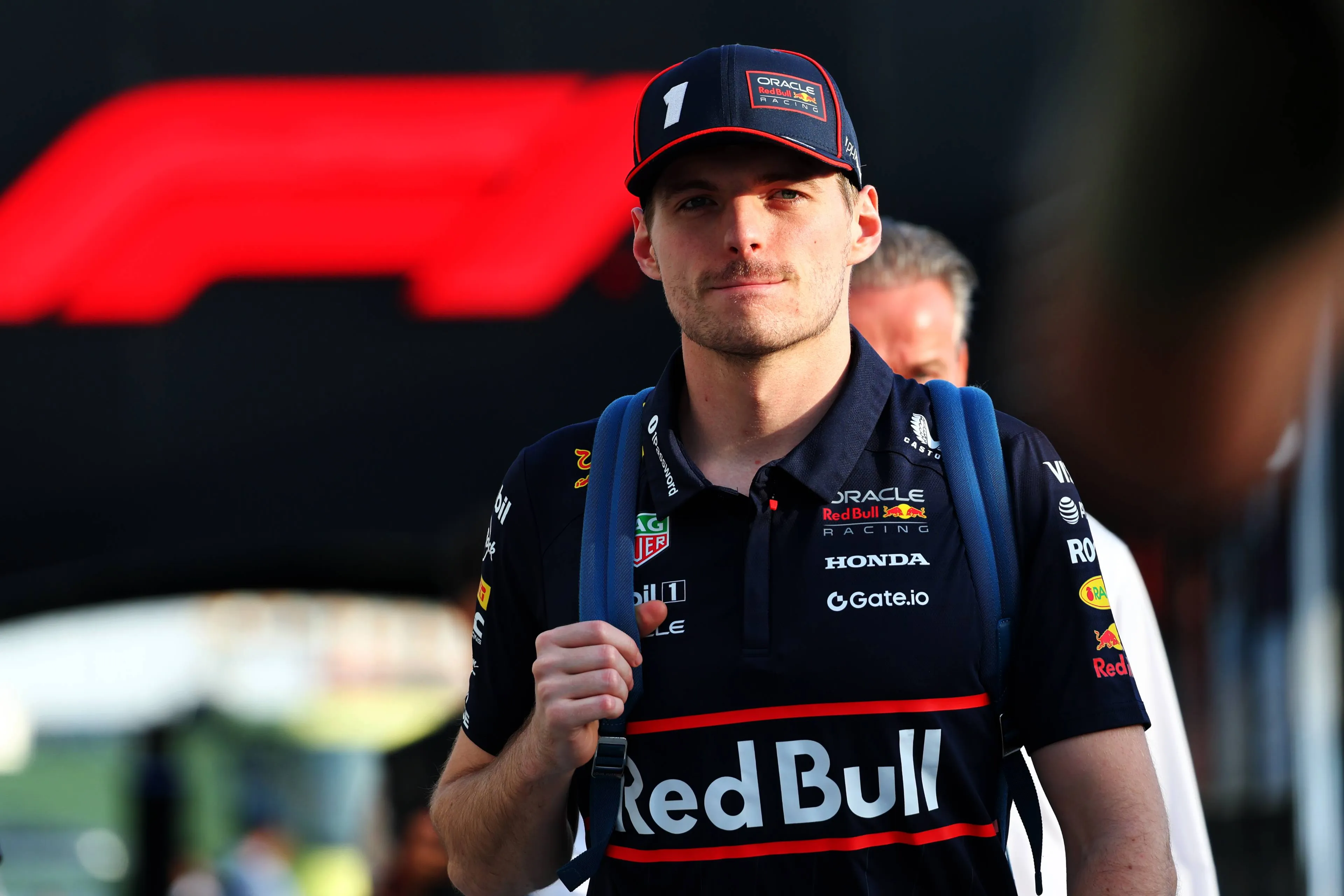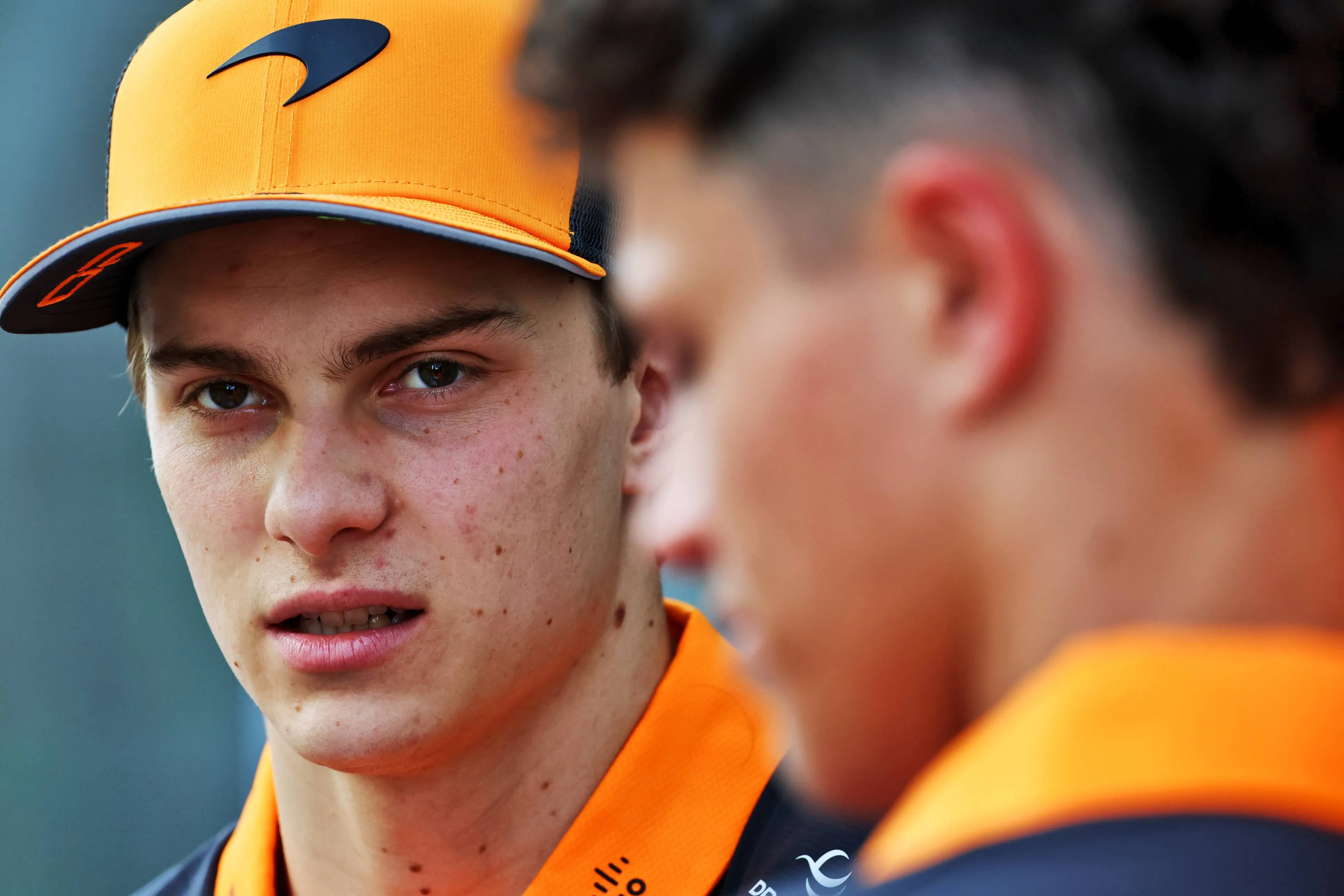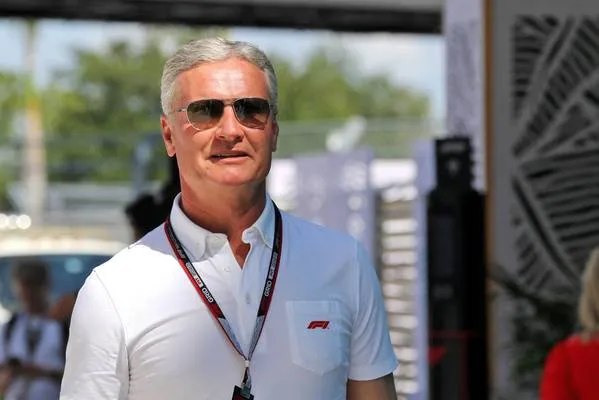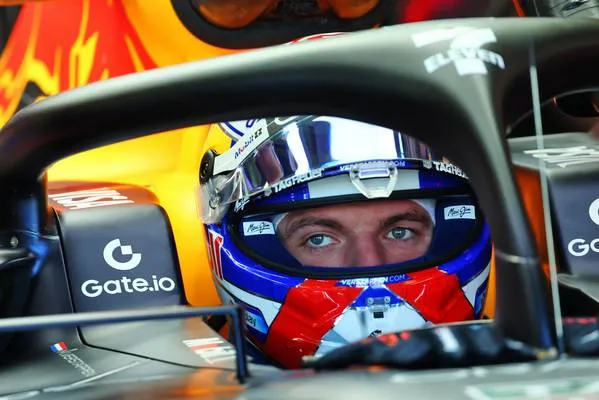Pirelli is set to introduce significant updates to its Formula 1 tyres for the 2025 season. In an exclusive interview with GPblog, Mario Isola, Pirelli's Head of Motorsport, revealed how these changes aim to enhance race strategies and improve tyre performance across the grid.
In the current range of tyre compounds—C1 (hardest) to C5 (softest)—the performance gap between certain compounds, particularly the C1 and C2 relative to the C3, posed challenges in the 2024 F1 season.
“The new construction of the tyre aims to improve integrity and durability,” Isola explained. “It’s also about repositioning certain compounds.” To address this, Pirelli plans to debut new C1 and C2 compounds that provide more grip and reduce the performance gap.
“That was decided because looking at some simulation made by FIA, F1, and also some teams. ,” Isola said. “ the combination between this delta lap time, and obviously well defined level of degradation, is a way to encourage and to generate more pit stops during the races. So obviously the target is always to have ideally two stops, or a mix of one, two, and three stops using all the three compounds. It's difficult to achieve that in 24 different circuits with only five or six compounds, but we would like to have the majority of the race with two stops.”
Tackling Overheating and Increased Durability
Overheating remains one of the biggest challenges for tyre manufacturers in Formula 1. With the cars becoming faster and exerting more force on the tyres, Pirelli aims to develop tyres that can better withstand extreme conditions.
“Overheating is not easy because, first of all, to reduce the overheating, you should define the overheating, and that's not always clearly identified,” said Isola.
“What we did was quite a deep analysis on driver comments. When they comment overheating, we have a look at specific corners, specific situations where they comment overheating. so we have the possibility to investigate the different parameters, surface temperature, carcass temperature, level of pressure, the wear, the profile. We have the possibility to check different parameters, but not always you have a perfect correlation between one parameter and the comment.''
''So that's why, first of all, we have to define the overheating, and second, to design a tyre that is going to reduce this effect that we know drivers don't like. They accept the degradation, the thermal degradation, because this is something that can encourage the show and different strategies, but overheating is something that we would like to reduce.”
Driver Feedback Shapes Tyre Development
Despite the technical complexities, Pirelli relies heavily on input from Formula 1 drivers to refine its tyres. With limited testing opportunities available, driver feedback during race weekends is crucial.
“The feedback from the drivers is always more than welcome,” Isola noted. “We always ask our allocated engineers to get feedback from the drivers, to report that to us in order to have more and more analysis in Milan where other engineers are analysing data coming from races in order to understand what we can improve. Any feedback, positive or negative, from a driver is important. When it's supported by something that can give us the opportunity to improve, because negative feedback without any other supporting comment is difficult to use for us.”
What’s Next for Pirelli in Formula 1?
With 24 races on the 2025 Formula 1 calendar, these updates are expected to reshape strategies on circuits ranging from high-speed tracks like Monza to challenging street circuits such as Singapore.
In the next part of this interview, Mario Isola delves into plans for the 2026 tyres and how Pirelli is preparing for the next era of Formula 1.
For a detailed look at Pirelli’s updates to wet and intermediate tyres, read our previous article.
Read more about:
Popular on GPBlog

1
Why Verstappen is a top favourite to win the Saudi Arabia GP
1179 times read
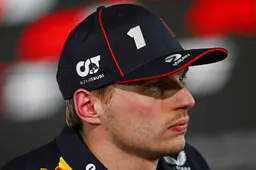
2
Croft gets told to stick to commentating by F1 champion, Verstappen
704 times read

3
Saudi Arabia provides updates regarding "New" F1 team
547 times read

4
Verstappen leaving Red Bull? Franz Tost sees the driver going to this team!
533 times read
